Millions of single-use and rechargeable batteries are bought annually for electronic devices. Therefore people will use these components. Meaning they will either trash or recycle them. Batteries come in different elements, types, and sizes to fit the need of the product.

Single-use batteries can typically be extracted from the apparatus when they cease to power the device. At the same time, rechargeable batteries may be removable or eternally attached.
The expanded market for batteries has mainly because of the rapid utilization of power tools, small portable electronics, and other everyday items. You can also find these batteries in "smart" products, such as appliances and automobiles.
Why is it important to manage batteries correctly?
The manufacture of batteries utilizes different chemical mixtures to satisfy customers' energy and implementation requirements. In batteries, metals such as cadmium, nickel, mercury, lead, and silver can threaten human health.
The environmental hazards need environmental consideration when disposing of the batteries appropriately. Identification of battery types occurs by labeling. Therefore you should not identify the materials inside by the battery's shape or label color.
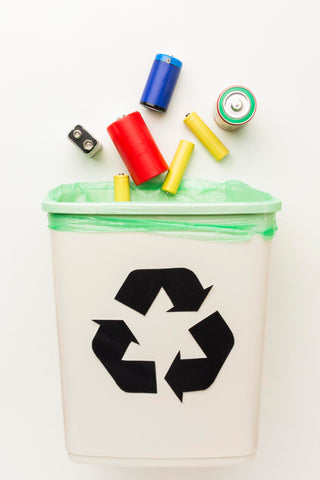
Labels should show you it contains graphite, lithium, or cobalt in batteries. These materials are critical minerals to the United States Geological Survey.
Vital minerals are raw materials with significant economic and strategic concerns for the United States. Therefore it is essential to maintain a high supply of these chemicals.
When supplies become too low, the risk potential means there will be no other substitutes to replace the energy storage capacity. It would help if you made every effort to recycle and recuse these materials.
Once a battery is no longer functional, you must determine which waste management options to utilize. Therefore you will need to know the type and chemistry of the battery.
It is essential to manage batteries correctly. So you will need to address the batteries based on their internal composition. Some batteries can generate safety and health hazards if mismanaged.
For safety, remember you should not remove or service all batteries. Therefore you should consult the product marking to hand the battery correctly.
How do you Recycle Lithium Single-Use, Button-Cell, or Coin batteries?
(You can know more battery recycle inforamtion from our blog: Battery Recycling In 2022)

These batteries are typically the ones you utilize inside your home. These are all common. However, when you find one with an unfamiliar shape, you might wonder how I dispose of this battery in an environmentally friendly manner.
Lithium Single-Use
These standard batteries have lithium (Li) metal. These batteries can not be rechargeable and are single-use. You can see these in remote controls, smoke detectors, watches, cameras, and handheld games.
Standard alkaline batteries can be challenging to distinguish from lithium batteries. However, some of the lithium single-use batteries are these strange specialized shaped batteries.
Button-Cell or Coin
These small, round batteries look like coins. They have historically contained heavy metals such as silver, cadmium, and mercury Coin batteries utilize lithium metal. You can find these batteries in watches, calculators, hearing aids, and car keyless entry remotes.
A potential choking hazard can occur with button-cell or coin batteries. Therefore it is essential to store them away from young children appropriately.
Device administration conditions are according to the battery's specific chemistry. You can bring them to specialized battery recyclers that provide battery services to recycle the batteries.
Regional hazardous waste collection programs can also take these batteries. Contact the manufacturer or regional solid waste authority for environmentally friendly opportunities.
Handling precautions: Put each battery in separate plastic bags. Alternatively, you can place non-conductive tape over the battery's terminals. A lithium battery could produce a spark, and a fire could start if the terminal ends touch.
EPA recommendation: The word "lithium" should clearly be on the battery. Button-cell, coin, or lithium single-use batteries should never go in the trash or municipal recycling bins. Find a recycling location near you:
How to dispose of Rechargeable Batteries?
Nickel Cadmium (Ni-Cd)
Cameras, two-way radios, bio-medical equipment, cordless power tools, and phones commonly contain Ni-Cd batteries. They may appear as standard alkaline batteries such as AA, AAA, C, or D.
Lithium-Ion (Li-ion)
Lithium-Ion batteries are in almost all our devices today. You can see them in your cell phones, power tools, laptops, tablets, and even small and large appliances. Removing some Li-ion batteries takes a lot of work to withdraw from the product. Therefore, it can be challenging when they become bent, broken, or crushed.
Nickel Metal Hydride (Ni-MH)
Generally found in cell phones, cordless power tools, digital cameras, and two-way radios. These batteries are less widely observed in public today.
Nickel-Zinc (Ni-Zn)
They are typically located in small electronics like digital cameras and wireless keyboards. These batteries have a shorter use life and usually need replacement in your device faster than other batteries.
Small-Sealed Lead Acid (Pb)
These minor lead batters are in hospital equipment, mobility scooters, and emergency lighting. The primary arterial use is to provide backup power. Examples of backup power use are common in residential landline phones and businesses' ADP power supplies for networking and computer systems.
Removable batteries:
You can bring removable rechargeable batteries to specialized battery recyclers. These participating retailers will provide services to recycle. You can find local household hazardous waste collection programs to dispose of these batteries in an environmentally friendly manner.
Lastly, you can contact the removable battery manufacturer for additional management possibilities.
Non-removable batteries included in electronic devices: Complete gadgets can be brought to certified electronics recyclers. These participating retailers provide electronics takeback services.
Handling safeguards:
- Each battery should be in an individual plastic bag. Alternatively, you can seat electric tape overthe positive and negative ends.
- Utilize personal protective equipmentPPE when you handle any damaged battery.
- If you have any other questions, contact the battery or device manufacturer for specific handling data.
EPA recommendation:
- Identify battery chemistry from the labels.
- Rechargeable batteries should never go in the recycling or trash bins.
- Find a nearby recycling center.
How to Dispose of Automotive Batteries?
There are numerous batteries for vehicles that depend upon the use types and applications. Combustion engine vehicles have battery starters. Sizeable electric vehicle battery packs have the technology which will power that car. You can even find small batteries to power remote door locks in both vehicle types.
Type of Automotive Batteries
Lead-Acid batteries could maintain 18 pounds of lead and around a gallon of corrosive lead-contaminated sulfuric acid. You can use these batteries to start the engine starting. They can be in cars, ships, golf buggies, and ATVs.
These batteries can also be used when you need backup power in your house. Return these batteries to the battery vendor or your local dangerous debris collection program.
Handling precaution: Recall these batteries possess lead and sulfuric acid. If you handle these batteries, you must follow all warnings and instructions. The instructions should be properly on the battery.
How to Dispose of Medium and Large-Scale Li-ion Lead Acid Automotive Batteries?
Medium and Large Scale Li-ion batteries are in modern plug-in and hybrid electric vehicles. Off-grid energy repositories utilize Li-ion batteries to stow energy for the hybrid method or administer the electric motor that thrusts the car.
These batteries are also in buildings' energy storage systems.
The dimensions and sophistication of these battery systems may force the consumer to seek help withdrawing medium and large-scale Li-ion batteries. Consult the manufacturer's guidelines and follow the safety instructions.
- Automobile: Reach the shop, automobile dealer, or salvage yard where the battery purchase occurred.
EPA recommendation: Reach the energy storage supplies factory, automobile dealer, or business that installed the Li-ion battery. Therefore you will know management options of where to place the batteries.
For more information on how to get batteries for your electronic device check out our products at EBL.

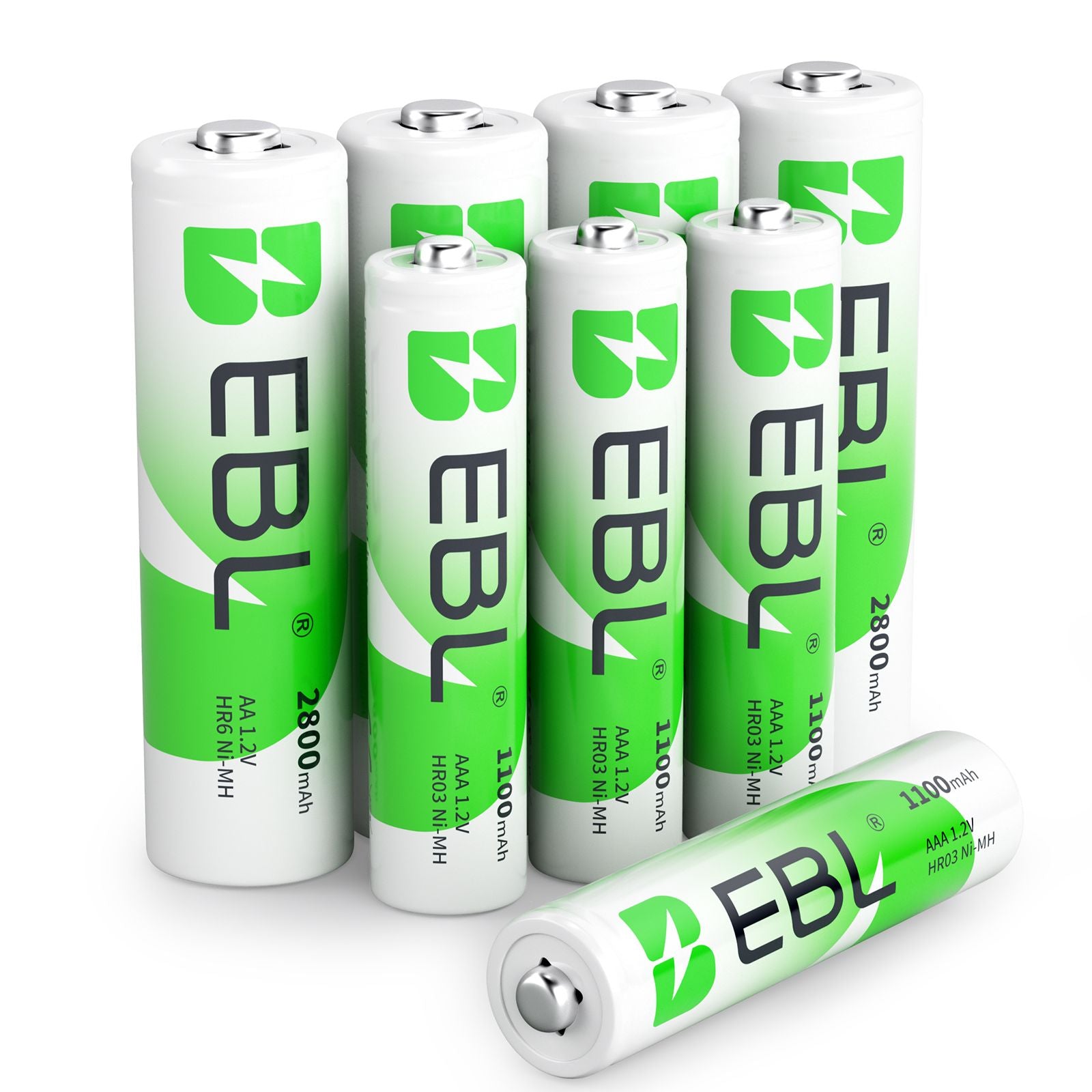
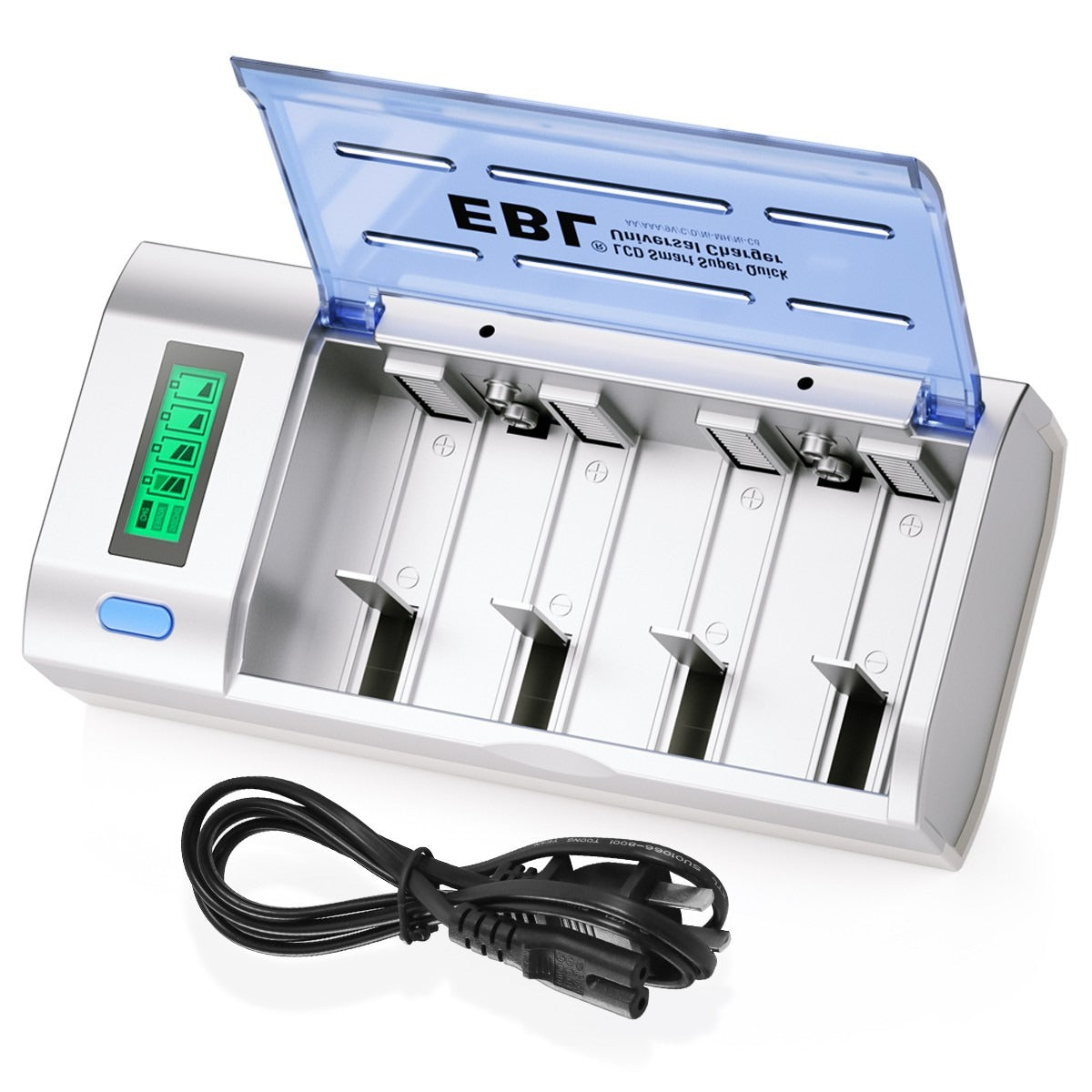
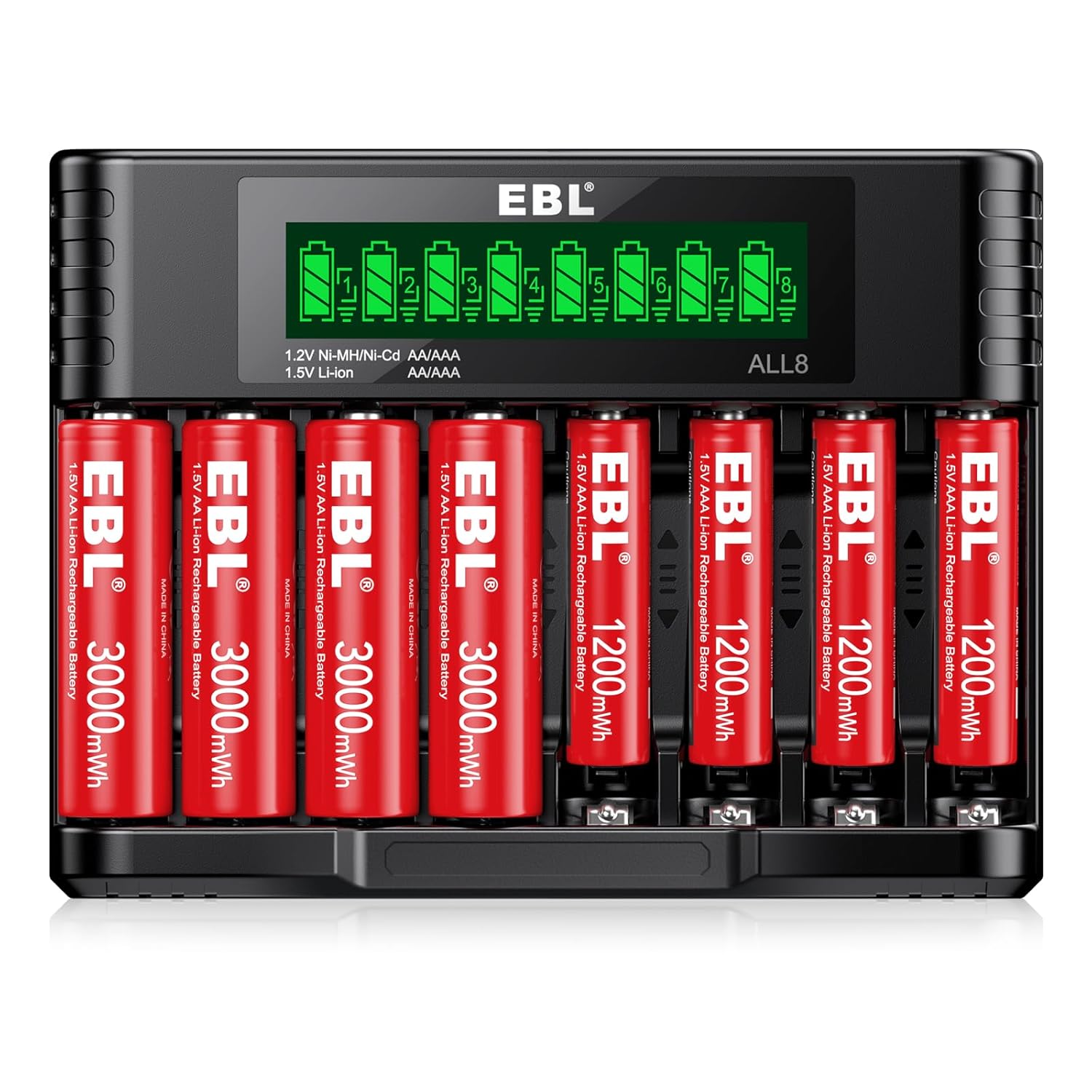
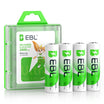
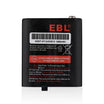
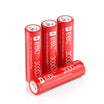
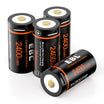
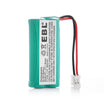
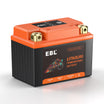
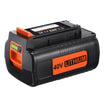
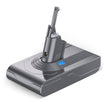
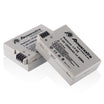
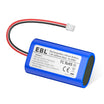
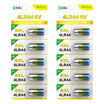
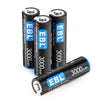
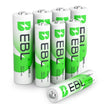
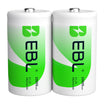
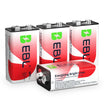
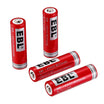
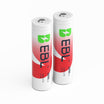
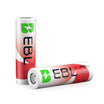
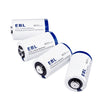
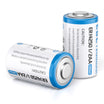
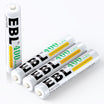
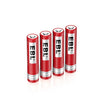
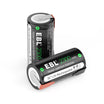
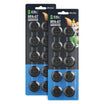
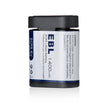
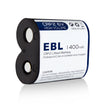
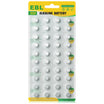
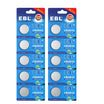

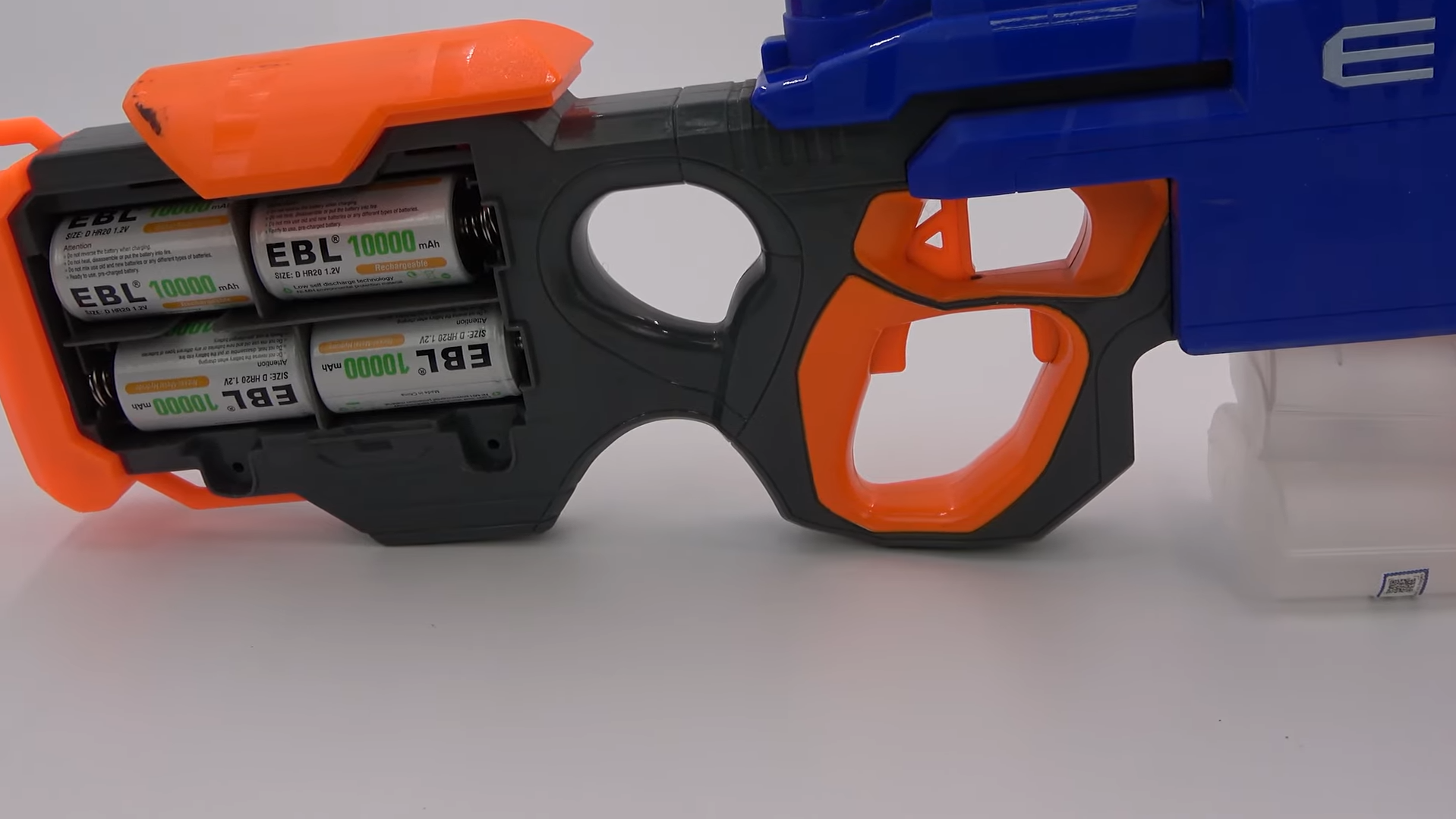

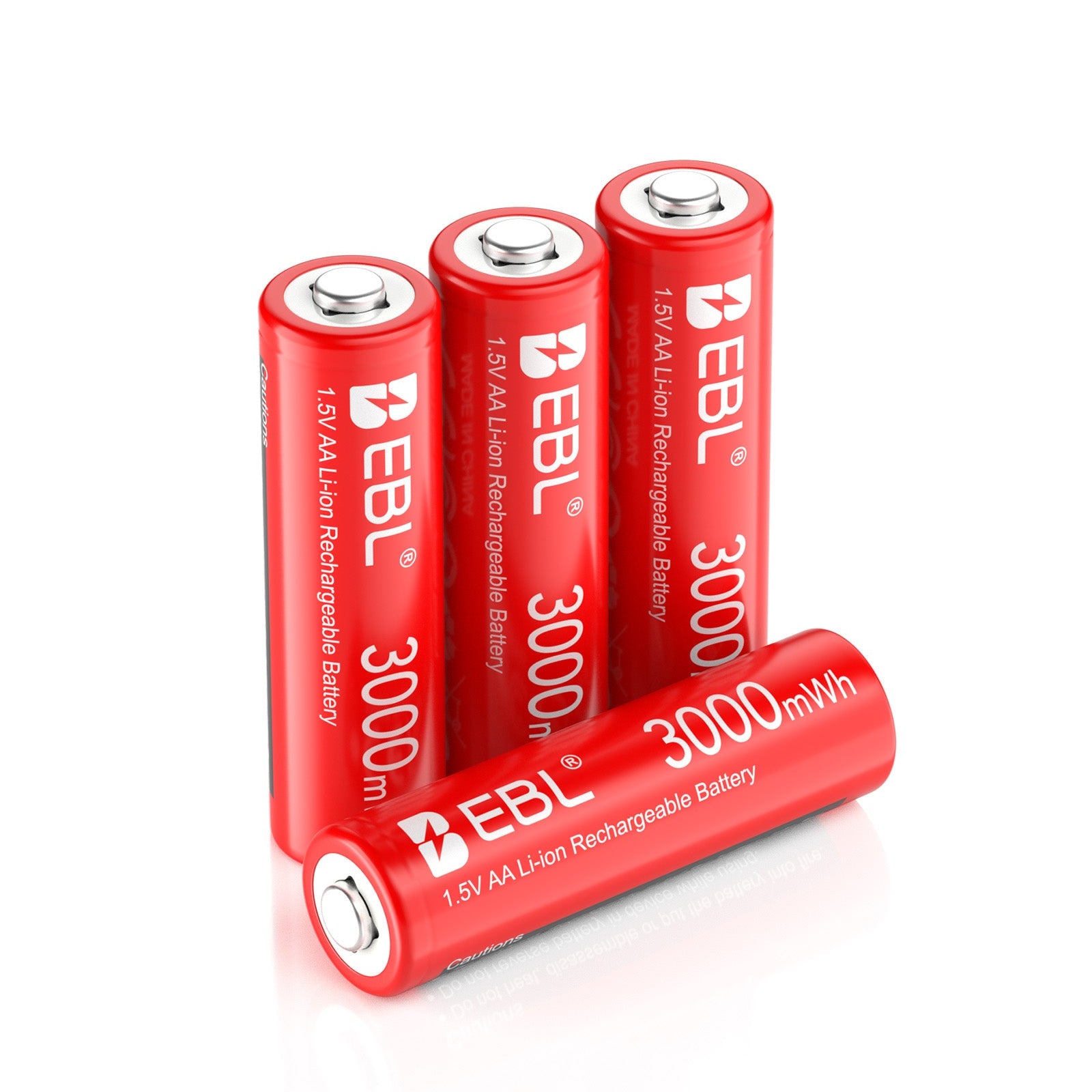
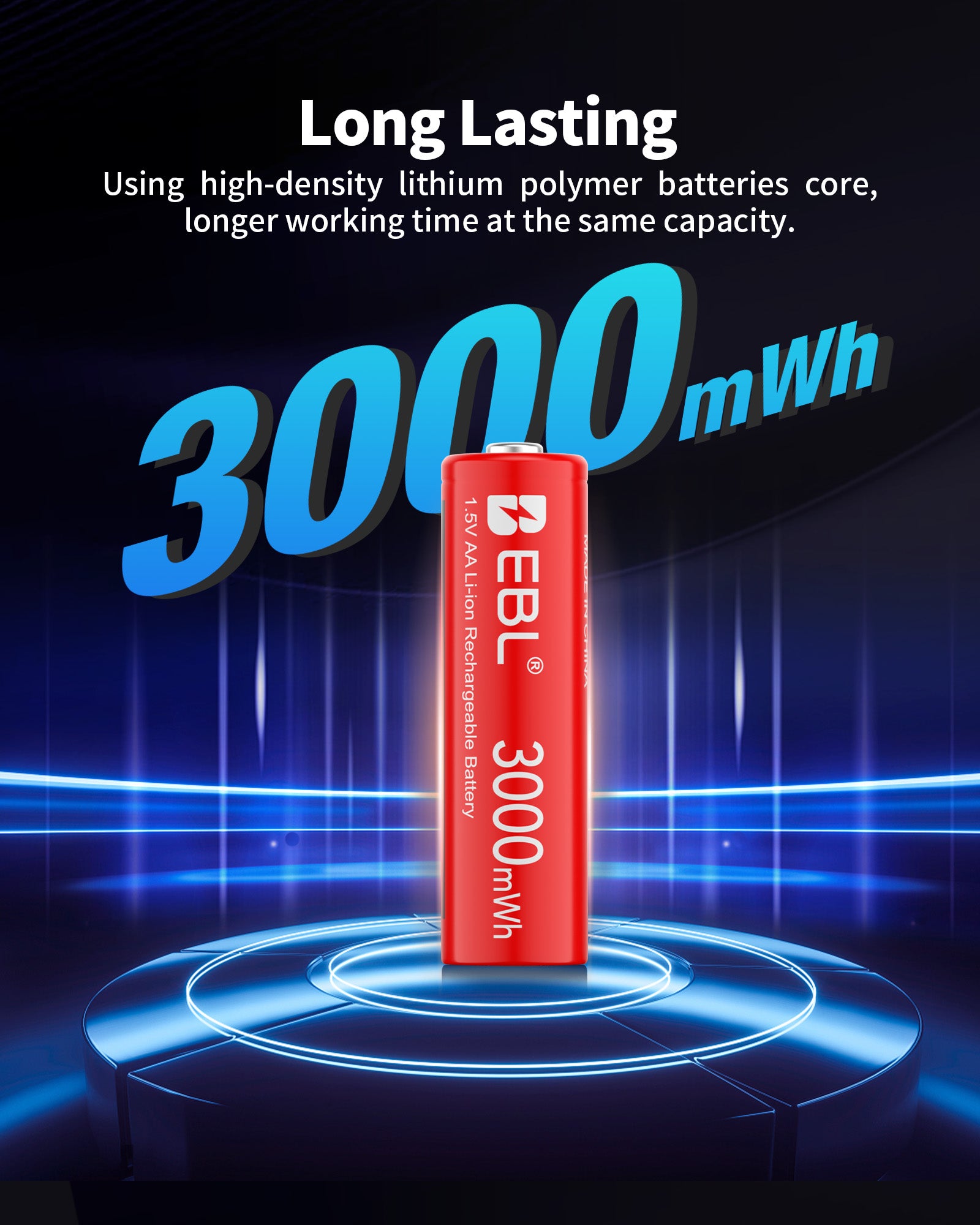
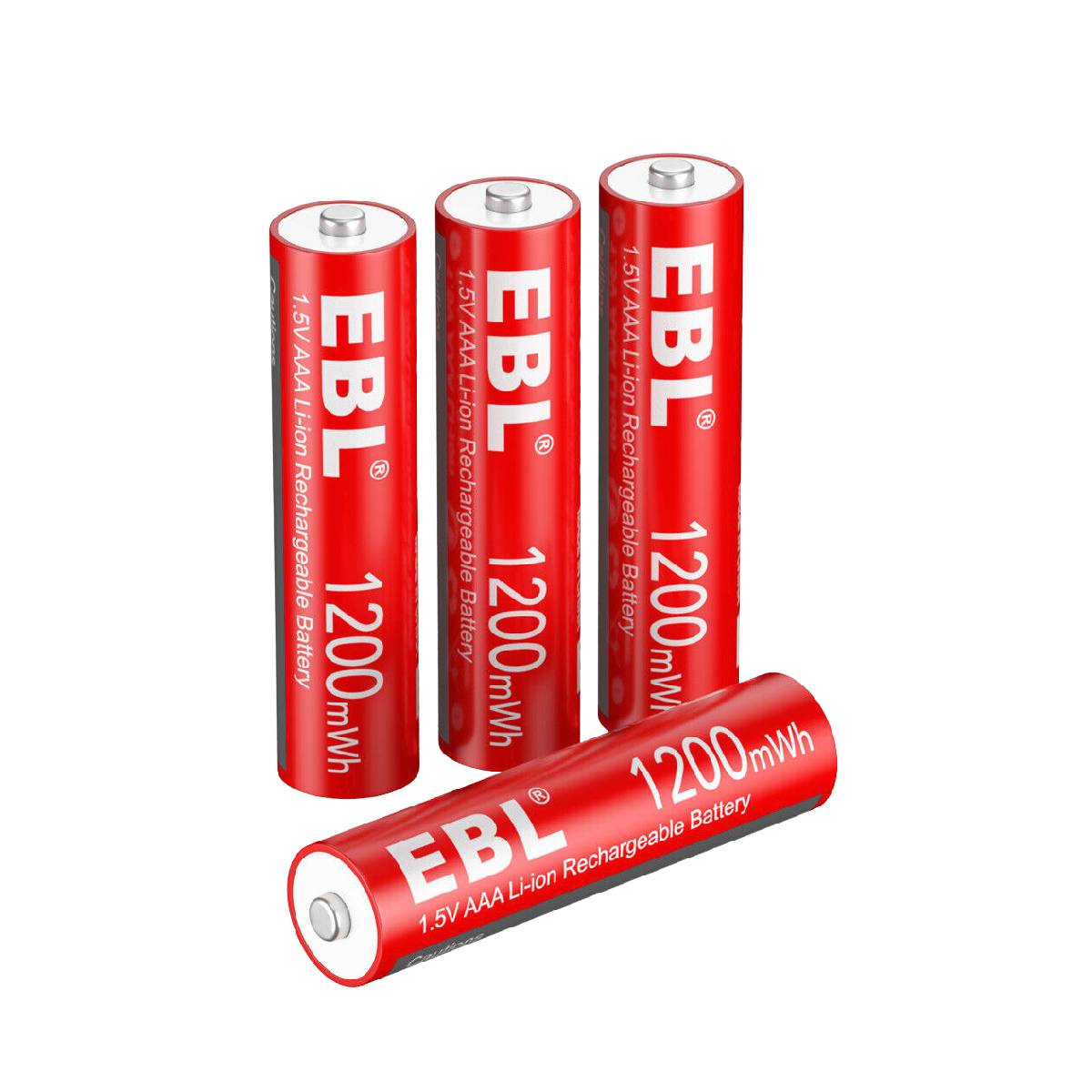
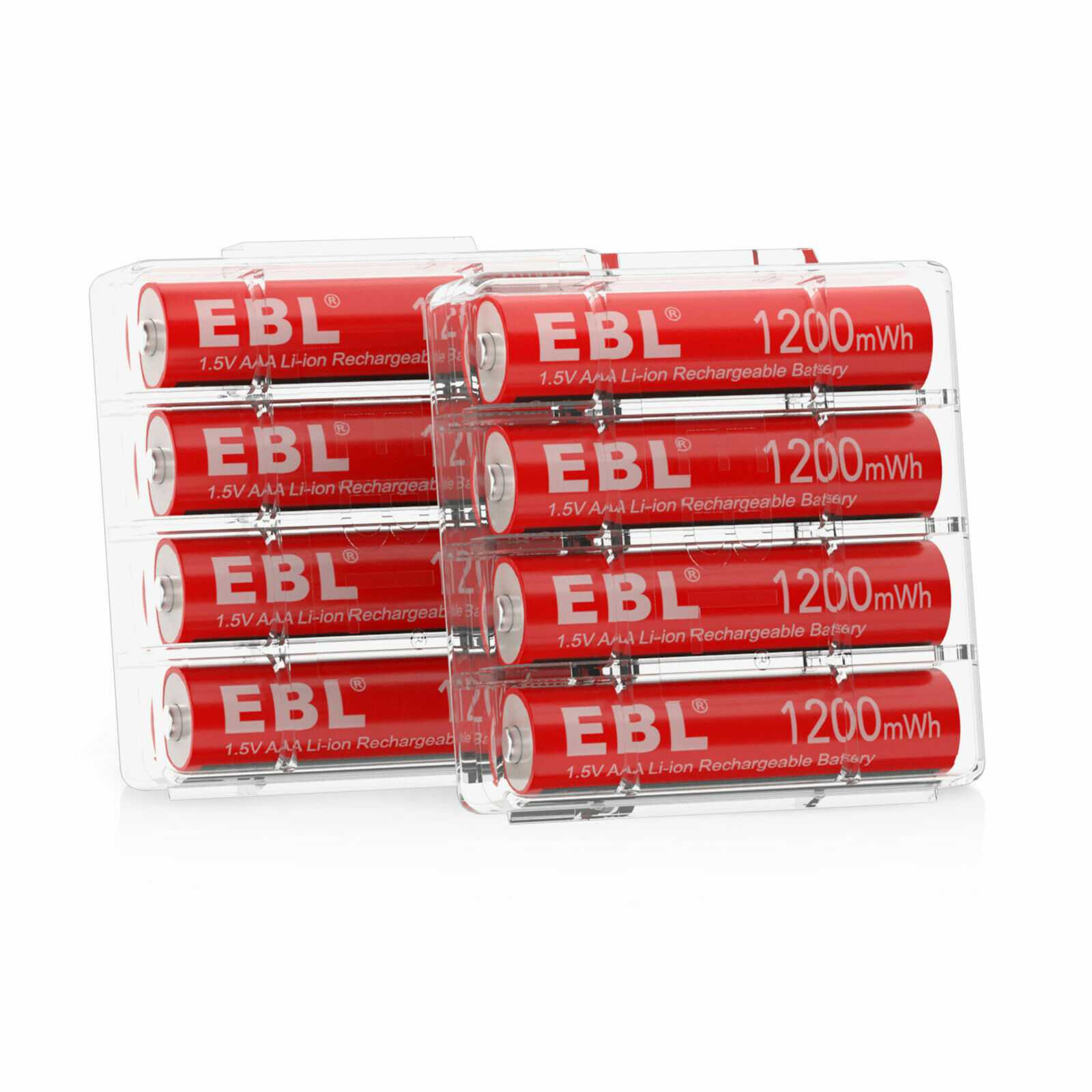
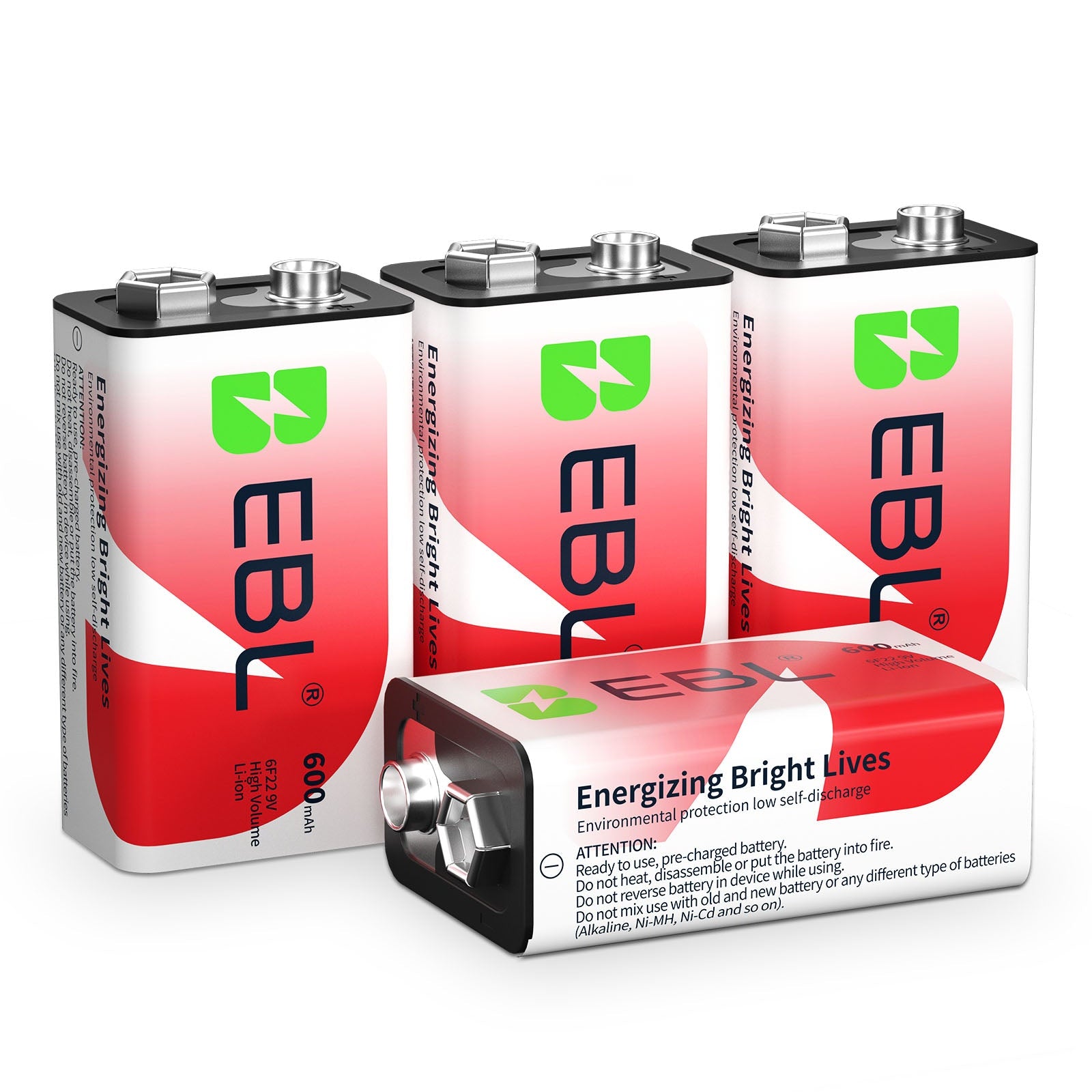
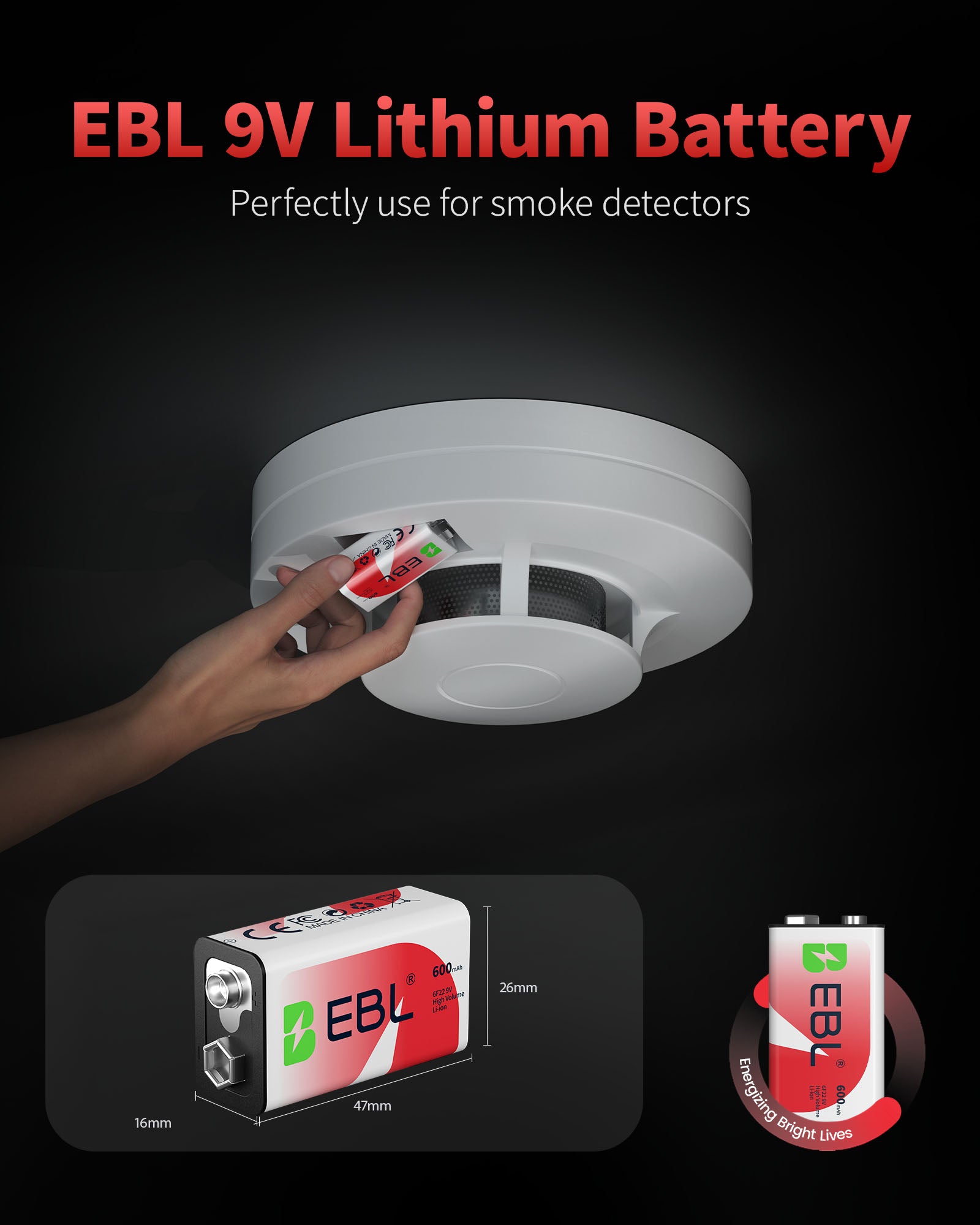
Leave a comment
All comments are moderated before being published.
This site is protected by hCaptcha and the hCaptcha Privacy Policy and Terms of Service apply.